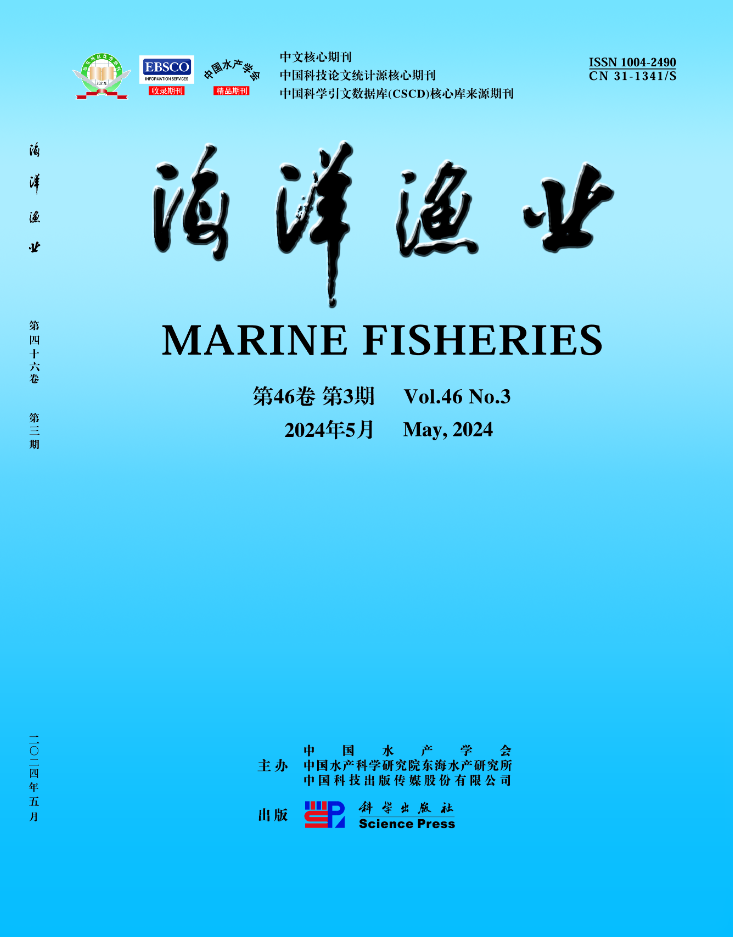ANALISIS TINGKAT KESESUAIAN DAN KESENJANGAN PENERAPAN TRACEABILITY PERIKANAN TUNA SIRIP KUNING DI SIBOLGA
引用次数: 0
Abstract
The need for fishery products that are healthy, safe, legal, sustainable, and democratic from time to time continues to increase. This makes the export destination country require a certificate issued by an institution. One of the standards used by such countries is the MSC ecolabel. MSC ecolabel is an endorsement of a product that meets the criteria of environmental sustainability procedures and hasbeen well managed. Ecolabel identifies fisheries governance properly based on established criteria, relating to the utilization of fishery resources and marine ecosystems. Therefore, it is necessary to conduct an assessment related to the application of MSC ecolabels in the Sibolga tuna processing industry. The purpose of this study is to analyze the level of gap (gap analysis) and the suitability of the application of the MSC ecolabel and examine various inhibiting factors. This research was conducted using survey methods and Focus Group Discussion (FGD) with industry and Sibolga Archipelago Fishing Port. The analysis used was qualitative descriptive analysis, gap analysis, and conformity level analysis. The results showed that the level of conformity in the MSC CoC of 5 (five) criteria, only 1 criterion was in accordance with the standard, while the other four had not, with the level of conformity being 63.75%, 83.25%, 66.75, and 57.25%. The results of the assessment of the inhibiting factors were obtained from fishermen, processing industries, and government support. Keywords: MSC CoC, Sibolga, traceability, yellow fin tuna.人们对健康、安全、合法、可持续和民主的渔业产品的需求不断增加。这就使得出口目的国需要一个机构出具的证明。这些国家使用的标准之一是MSC生态标签。MSC生态标签是对符合环境可持续性程序标准并得到良好管理的产品的认可。生态标签根据与渔业资源和海洋生态系统利用有关的既定标准确定适当的渔业治理。因此,有必要对MSC生态标签在西博尔加金枪鱼加工业中的应用进行评估。本研究的目的是分析缺口水平(gap analysis)和MSC生态标签应用的适宜性,并检查各种抑制因素。本研究采用问卷调查法和焦点小组讨论法(FGD)与工业界和西博尔加群岛渔港进行。分析采用定性描述分析、差距分析和符合性水平分析。结果表明,在MSC CoC的5(5)项标准中,只有1项标准符合标准,其余4项不符合标准,符合率分别为63.75%、83.25%、66.75和57.25%。从渔民、加工业和政府支持三个方面对抑制因素进行了评价。关键词:MSC CoC, Sibolga,可追溯性,黄鳍金枪鱼
本文章由计算机程序翻译,如有差异,请以英文原文为准。
求助全文
约1分钟内获得全文
求助全文
来源期刊
自引率
0.00%
发文量
4336
期刊介绍:
“Marine Fisheries”started publication in 1979, it mainly covers original research papers and reviews on basic theories and applications of aquaculture and fisheries, including marine biology, mariculture and reproduction, aquatic diseases and prevention, nutrition and feed of aquatic organisms, fishery ecology and environmental protection, development and conservation of marine fishery resources, fishing tools and methods, preservation and comprehensive utilization of aquatic products, fishery machinery and instruments.

 求助内容:
求助内容: 应助结果提醒方式:
应助结果提醒方式:


